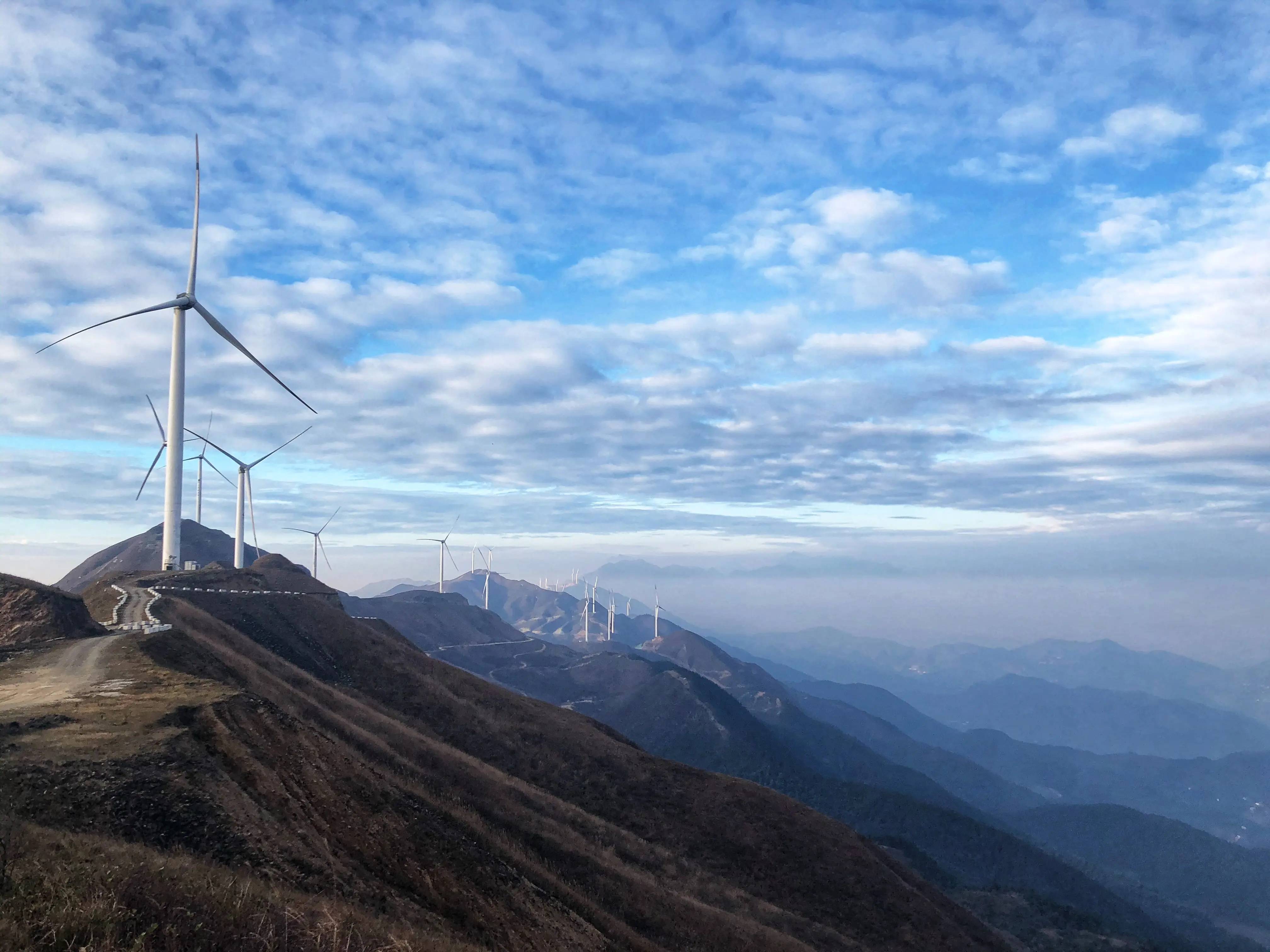
1月 . 27, 2024 16:38 リストに戻る
マイクログリッド: 時代が来たアイデア?
世界人口が増加し続けるにつれ、電力需要も増加しています。ただし、対処する必要のある課題がいくつかあります。現在、世界中で10億人以上がエネルギー網にアクセスできず、その中には北米の送電網や天然ガス配給パイプラインシステムに接続していないカナダの約20万人も含まれる。
自然災害や異常気象も電力供給の混乱を引き起こし、数日間に及ぶ大規模停電につながることもあります。さらに、送電システムの 1 つのコンポーネントに障害が発生すると、送電網全体に影響が及び、広範囲にわたる停電が発生する可能性があります。
To tackle these issues, the concept of microgrids has gained popularity. A microgrid is a energy system that can operate independently or in conjunction with larger grids. It contains all the necessary components to provide electricity to a specific community, typically serving a smaller population of around a thousand or a few hundred people. This approach decentralizes the power supply generation and distribution process, making it more resilient and less prone to grid failures.
Unlike large-scale energy grids that connect buildings to central power supply sources like coal, nuclear, and gas plants, a microgrid functions as an isolated island. This independence can prove beneficial during crises such as storms or outages. Many microgrids utilize a combination of renewable energy sources and batteries, with natural gas serving as backup. While microgrid power supply is not necessarily more reliable, communities located far away from larger power sources can benefit from the localized control and ownership of electricity generation.
マイクログリッドの注目すべき例の 1 つは、10 年以上前に日本の仙台に建設されたものです。このマイクログリッドは、太陽エネルギー、ガス、蓄電池を組み合わせて電力を供給します。 2011 年の壊滅的な津波と地震の際、仙台のマイクログリッドは東北福祉大学の教育病院に電力と熱を供給し、大規模な停電時でも重要なサービスが維持されることを保証しました。
The impacts of power outages on society and the economy are significant, and the climate crisis exacerbates these challenges. Jana Ganion, energy director for Blue Lake Rancheria, an Indigenous reserve in California, emphasizes the urgent need for solutions, stating, "Widespread power outages cause a lot of social and economic damage and destruction. And the climate crisis is making all of this worse." Blue Lake Rancheria successfully launched a solar microgrid in 2015, providing electricity to thousands of people nearby when millions of Californians had their power supply shut off due to wildfire risk.

However, setting up a microgrid can be a costly endeavor, particularly in densely populated urban or suburban areas with existing infrastructure. Consumers tend to stick with what is already in place, and for the majority of Canadians, that means relying on hydroelectric power supply. Nuclear and coal plants are also significant power sources in the country. Raising the necessary capital for building power plants, whether they are traditional or microgrids, is challenging for some countries. The autonomy and self-sufficiency that microgrids offer can be especially relevant in such cases.
カナダ全土には、発電用にディーゼル駆動のマイクログリッドに大きく依存している遠隔地コミュニティが 300 近くあります。カナダ連邦政府は、より環境に優しい選択肢の必要性を認識し、過去 10 年にわたり地域団体と協力して、より持続可能なエネルギー ソリューションを模索し、導入してきました。マイクログリッドは電力を供給するだけでなく、処理プロセスに電力を供給することで、きれいな飲料水にアクセスする上でも重要な役割を果たす可能性があります。
In conclusion, the global demand for electricity continues to rise, and challenges such as lack of access to energy grids and disruptions caused by natural disasters persist. Microgrids have emerged as a promising solution, offering localized power supply generation and distribution systems that can operate both independently and in conjunction with larger grids. While establishing microgrids can be costly, they provide autonomy and resilience, especially in remote areas or during crises. Exploring greener options, such as renewable energy sources, battery storage, and natural gas backup, can make microgrids even more sustainable and beneficial for communities.
違反の場合は削除されます
参考サイト:https://www.cbc.ca
-
Wireless DC Charging: The Next Frontier in Contactless EV Power Delivery
ニュースAug.04,2025
-
Hybrid BMS Energy Controls: Integrating Renewable Energy Sources
ニュースAug.04,2025
-
Blockchain for Secure and Decentralized EMS Power Systems
ニュースAug.04,2025
-
AI-Driven for Smart Grids: Energy Management System (EMS)
ニュースAug.04,2025
-
Advanced Distribution Management System (ADMS) Energy
ニュースAug.04,2025
-
5G-Enhanced BMS Energy Savings: Ultra-Low Latency Control
ニュースAug.04,2025























